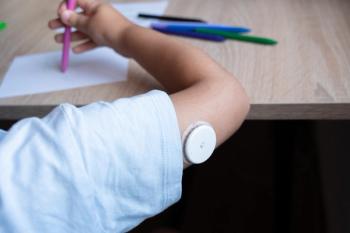
Clinical Tip: Preventing labial adhesions during catheterization
I work in a pediatric emergency department, and nurses frequently tell me they are unable to catheterize female infants and toddlers due to labial adhesions. Since we need to obtain sterile catheterized specimens for workups for fever, here is an easy way to remove adhesions.
I work in a pediatric emergency department, and nurses frequently tell me they are unable to catheterize female infants and toddlers due to labial adhesions. Since we need to obtain sterile catheterized specimens for workups for fever, here is an easy way to remove adhesions.
Take a cotton swab and dip it into 2% viscous lidocaine gel. Insert the cotton swab gently at the leading edge (opening) of the labial adhesion. With a gentle twirling motion, work the swab downward along the adhesion towards the posterior fourchette (anal end). The adhesion will open right up, allowing for catheterization. Remember, once catheterizing is finished, coat the raw edges of the labia with petroleum jelly (or antibiotic ointment with petroleum jelly base) to prevent readhesions. Similarly, parents should be instructed to apply copious amounts of petroleum jelly to the inner labial folds with each diaper change for weeks after to prevent readhesions. Because of this trick, I have never had a female infant that we could not catheterize.
Rochelle Flynn, MDLas Vegas, Nev.
Newsletter
Access practical, evidence-based guidance to support better care for our youngest patients. Join our email list for the latest clinical updates.














